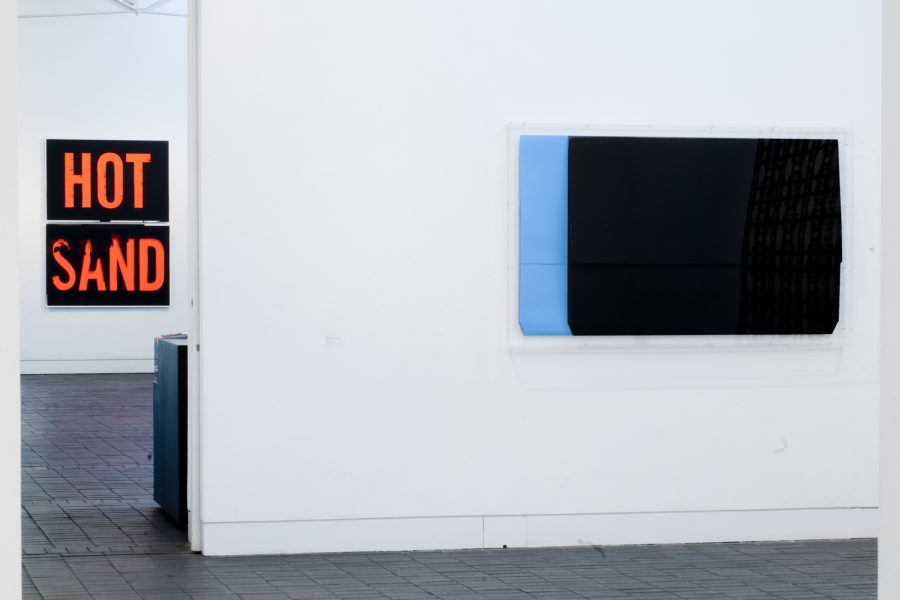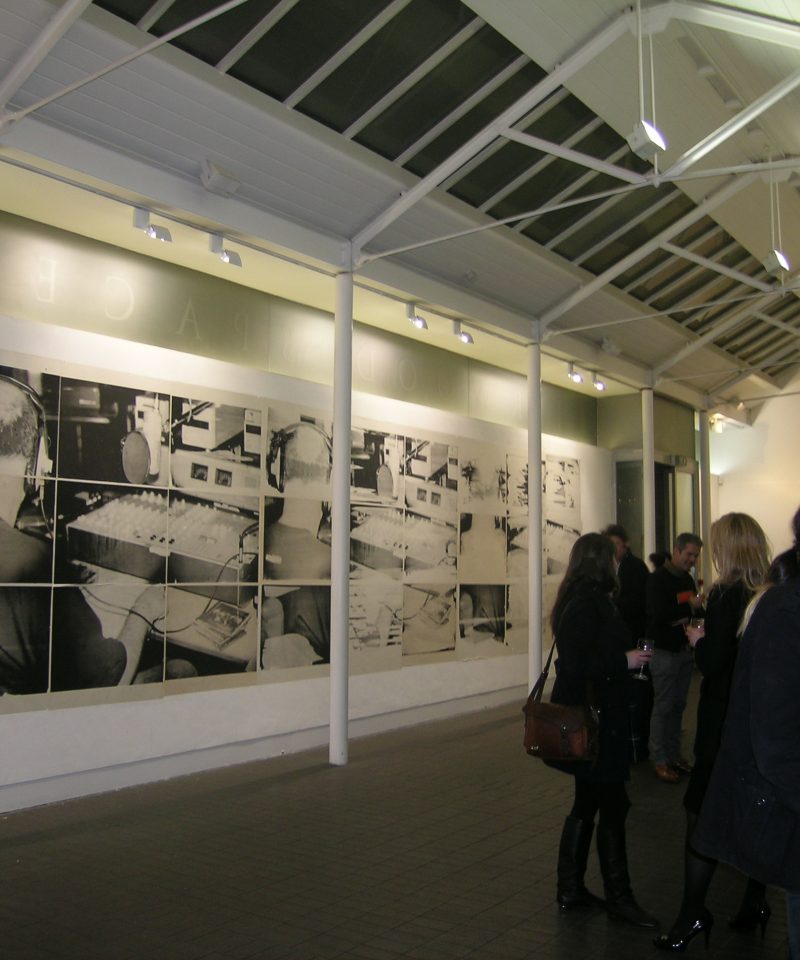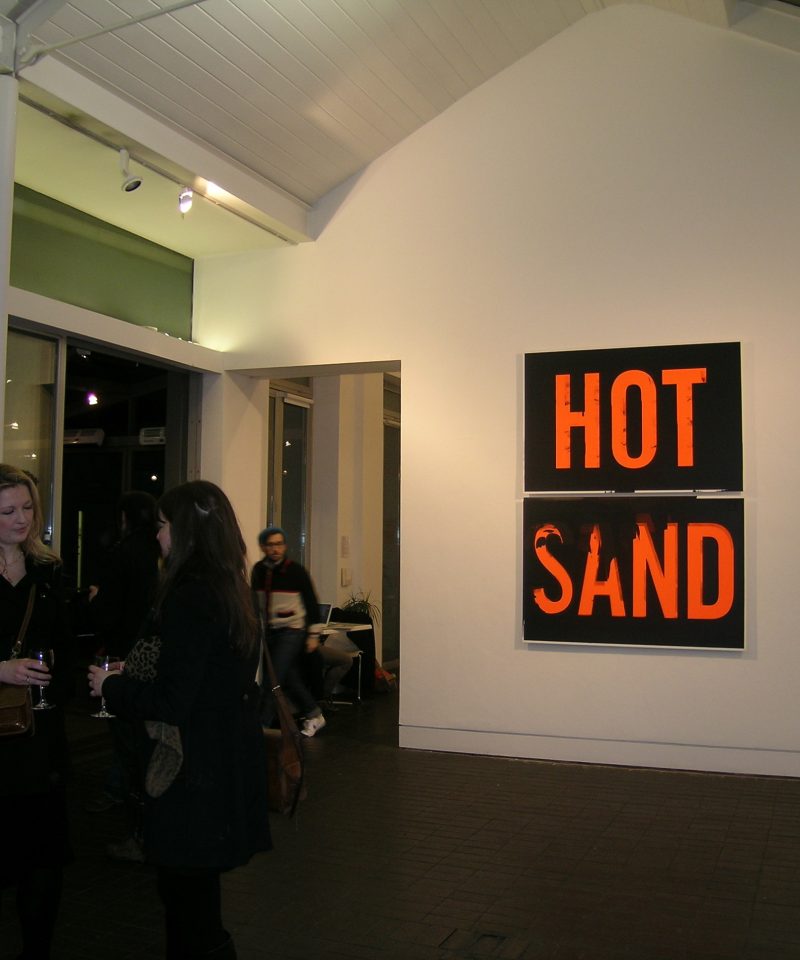The heterogeneity of contemporary printmaking and the undervalued significance of printmaking as a central medium within artistic practice is explored in Surface Noise. With this exhibition, Jerwood Arts are propelling printmaking to the centre of discussions and debates about contemporary art practice; here, Gill Saunders (Senior Curator (Prints), Victoria and Albert Museum, and Co-curator of Surface Noise) discusses the curatorial impetus of this innovative exhibition with Jerwood Arts’ Writer in Residence, Louisa Elderton.
What is the significance of the title that you have chosen for this exhibition of contemporary printmaking, Surface Noise?
For me the phrase has multiple meanings and associations – implicit and explicit. ‘Surface’ is an important quality in printmaking and the subject of some debate with the rise of digital technologies. Traditional printmaking processes either leave an impression in the paper as the press forces the paper into the incised lines of etching or engraving, or add layer of pigment on the surface – as with woodcut or screen print. Embossing, cutting or collage might also be employed as interventions which transform the surface of the print. Inkjet printing, on the other hand, has met with some criticism because it is not a print process as traditionally understood in that there is no direct physical contact between the carrier of the pigment (plate, block, screen etc) but simply jets of pigments applied to the substrate from above. Surface Noise is intended to capture some sense of this debate but also to suggest a more vocal stance for printmaking, a ‘breaking out’ from the ghetto of print as an arcane craft towards a position which recognises print as just another tool for the artist, and in fact central now to contemporary art practice.
As Senior Curator (Prints) at the Victoria and Albert Museum (V&A), you are responsible for collecting and curating prints that have been produced over a number of centuries – from historical works to contemporary prints. What is it in particular that interests you about printmaking in contemporary art practice?
I was interested in and responsible for collecting and curating contemporary art at the V&A for some time before I was appointed to head up the Print collections here, but it became apparent to me that many artists were using print, alone, or in concert with other media, and that much of the innovation in the art world was coming via print media (and photography of course). The V&A has had a remit to collect contemporary prints since it was founded in the 1850s (so we were buying prints by the likes of Manet and Whistler in the year of publication for example) and in the 1950s we were designated the National Collection of Modern Prints. That designation has now lapsed (because of course the Tate and BM are also active collectors) but we have a rich collection of later 20th century prints as a result, and these fired my enthusiasm. Actually one of the areas of contemporary practice I am most interested in is appropriation, and the ways in which artists have looked at earlier precedents in printmaking to inspire new work (Paul Morrison – Dürer and 15th century printed herbals; Chapman bothers and Goya; Glenn Brown and Rembrandt etc) so I’m ideally placed to make links between historic prints and contemporary practice.
How do you feel Surface Noise might dispel preconceived notions of printmaking being associated with reproduction, or even mass-production?
I think the scale, physical character and medium of the works here will effectively dispel most of the pejorative associations with reproduction, but it is also an opportunity to explore with audiences – especially at the talks – some of the contradictions inherent in the use of print media, to explore also the concept of ‘original’ versus ‘reproduction’ and ‘unique’ versus ‘multiple’. The exhibition alone cannot do the job but it gives us the wherewithal to debate the issues.
In the exhibition catalogue you quote Allen Jones, describing how the crux of originality in printmaking lies in it’s being conceived for the specific medium in which it is executed. This implies that the medium itself is an intrinsic part of a work – perhaps even before it has come into physical existence – not merely a means of producing an artwork. Why do you think general preconceptions of printmaking might obscure the notion of process or originality?
Printmaking was invented to make exact copies, to allow the distribution of information and knowledge in the sciences, in medicine, in politics and religion so the general preconceptions are inevitably bound up with these origins. This is by no means a bad thing and artists can exploit reproducibility as part of their enterprise; equally they can distort the potential for reproducibility in many ways, through the process itself, modifying the finished print or the printing place/block between each impression, or by printing on a variable substrate, or indeed through a decision to limit the ‘edition’ to one unique piece.
Printmaking is such a broad form of artistic practice, encompassing strategies from photography, film, painting, performance and sculpture; do you think the term itself is an insufficient means of communicating the complexity of this medium?
Yes, it does now encompass a multitude of media – but it has always been pretty wide-ranging since even within those media defined conventionally as ‘print’ you have an extraordinary range of processes which require more or less skill, more or less technological know-how or equipment. I like the idea that the term embraces everything from a hand-print or a potato-cut print to a lithograph or a polymer photogravure, and the adoption of other strategies is just that – it doesn’t mean that the term itself is redundant.
How do you think the development of new-media technologies and digital print has affected more traditional printmaking processes?
By and large I think it has simply enriched the possibilities for the artist, supplied yet more tools in the tool-box of available options for expression and realisation. In some cases the new technologies enable older technologies – just as photographic processes transformed and increased the potential of screen-printing and lithography, for example. The only danger, I think, is that the use of digital technologies in reproduction may reinforce some of the prejudices against printmaking generally and perhaps undo some of the public understanding of print as a medium for original expression.


